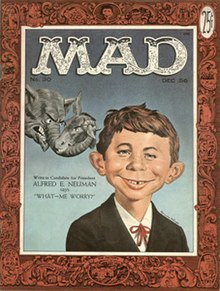a fordítás akciós, kedvezményes,
babakönnyű :)
segítség a nyelvtanhoz:
* igeidők (videó)
Wikipedia: A neighborhood/neighbourhood watch, also called a crime watch or neighbourhood crime watch, is an organized group of civilians devoted to crime and vandalism prevention within a neighborhood.
The aim of neighborhood watch includes educating residents of a community on security and safety and achieving safe and secure neighborhoods. However, when a criminal activity is suspected, members are encouraged to report to authorities, and not to intervene.
In the United States, neighborhood watch builds on the concept of a town watch from Colonial America.
The neighborhood watch system gained intense media attention after the February, 2012, fatal shooting of teenager Trayvon Martin in Sanford, Florida by George Zimmerman, an appointed neighborhood watch coordinator. Zimmerman claimed self-defense and was tried for second-degree murder and manslaughter before he was acquitted from all charges. His actions on the night of the shooting generated controversy as he exited his vehicle and was carrying a gun, both of which go against neighborhood watch recommendations. He has also been accused by prosecutors of profiling Martin, and he was investigated by the United States Department of Justice for possibly committing a racial hate crime. However, the FBI concluded their investigation and dropped its charges. Martin was black and Zimmerman is a mixed-race Hispanic.
In another incident involving a neighborhood watch, Eliyahu Werdesheim, part of an Orthodox Jewish community in Maryland, was convicted in May 2012 of second-degree assault and false imprisonment for beating and then pinning down a teenager he thought suspicious in 2010. Werdersheim and his brother, who had also been charged in the case but was acquitted, chose a bench trial, contending they would not get a fair trial due to the publicity over the Martin case. He was given a three-year suspended sentence and three years of probation at sentencing in June 2012.





